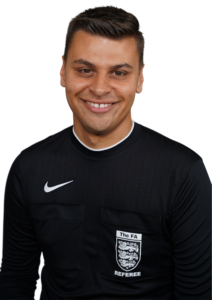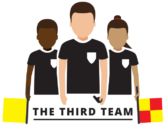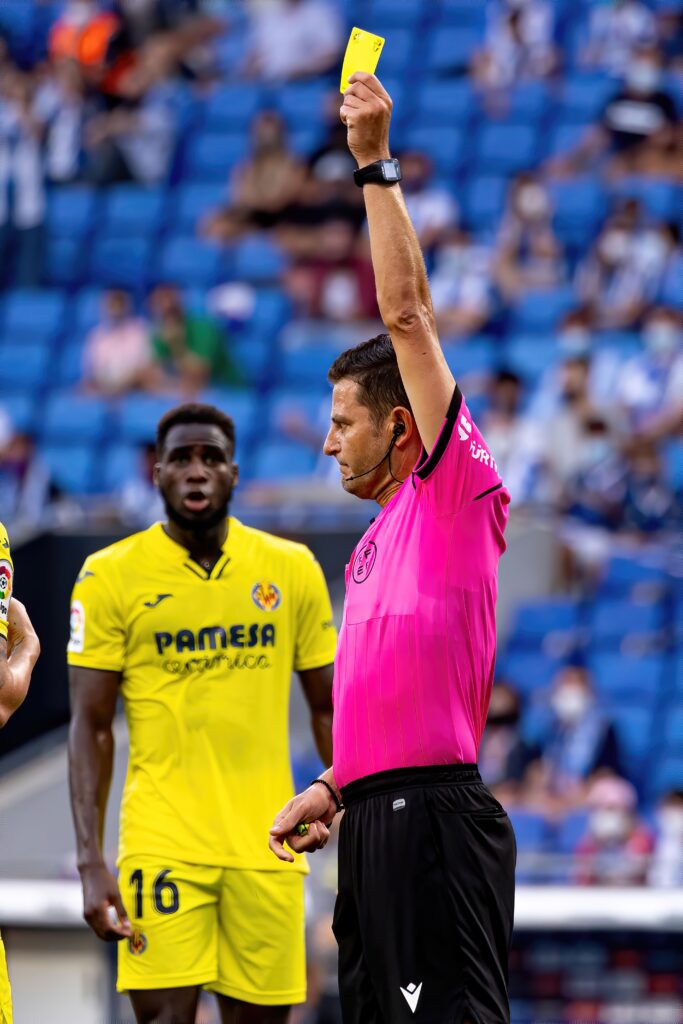Nothing makes referees cringe more than people saying that an official has “guessed”, that their decisions are completely down to chance or that there is nothing you can do to prepare yourself for the unique pressure that comes from judging a Key Match Incident (KMI). Chance certainly plays a part, but so does skill.
So what strategies can referees assessing KMIs employ, that can give them the edge over their colleagues? What does the research actually say about how to make the perfect decision?
Before The Decision
Before a decision is even made, you can increase your chances of correctly judging a KMI if you reiterate your expectations to the captains at the coin toss. Studies have shown that 1,343 KMIs from 1,290 games found that the officials that reiterate their expectations at the toss had a 60.5% greater accuracy level.
This is most likely to be because of the increased pressure placed on the official who is more likely to know the actual consequences of a missed KMI. This overload of stress and split-focus hinders techniques by increasing tension in the referee.
Indeed, pressure seems to play a big role in KMI success. Research shows that if an official makes a Key Match Decision (KMD) during normal time, they make the correct decision on average 85% of the time. However during extra time, referees know that their decision may decide the outcome of the match. This increased pressure and stress results in the success rate of KMDs made during extra time dropping to 76%.
Clearly, officials who have learnt to handle their nerves have an advantage.
The first trick is to realise that after you have whistled and signaled it is a mistake to turn your back on the KMI as you walk back to the restart play. Psychologists have found that those who do are more likely to mismanage the situation. This is because it interrupts their preparation, allows them to focus on things they cannot control, projects their nerves and provides the players with subtle cues as to the uncertainty.
The second trick is not to spend too long looking at the players involved before the decision. In a study of 167 KMDs, researchers found that those who fixated on the players were more anxious and made more mistakes. It is far better to focus on your decision making process and your abilities, or something that calms you down, rather than the players or club officials.
During The Decision Making Process
Once the incident happens, don’t rush to blow your whistle. Take a bit of time to ready yourself. Referees who take less than 200 milliseconds to respond to the incident only make the correct decision around 57% of the time. To give this some context, that is half the time it takes to blink. Officials who take a bit of time to ready themselves, be it only for one second, make correct decisions on average over 80% of the time.
As well as not rushing, referees are advised to make a decision and commit to it. Changing your mind leads to uncertainty, stress and poor technique. Some officials leave it to the last minute and wait for the player reaction before blowing the whistle. However, this is a high risk strategy and is associated with a greater number of missed KMDs.
It is far better to make a decision that you feel confident of being correct and commit to that. It requires the referee to trust their technique as there is a small margin for error as they may make a mistake. If they have the ability to execute this KMD (and trust in that ability), the payoff is worth it.
After The Decision
Once you have made your decision, your job is not quite finished: it is important to celebrate internally. This is to avoid what is called emotional contagion, which describes how the emotions of the official can negatively affect the emotions of the next decision.
What About The Players?
A recent study has found that the colour of the players kit may impact the likelihood of KMDs being made in favour of teams. The fewest KMDs were made in favour of teams who wore red (54%) or yellow (69%). The two worst colours? Blue (72%) and green (75%).
What is the best strategy for a referee to employ in order to make a correct decision on a KMI? Research suggests it is for them to stand still. Analysis of 999 KMDs from the Bundesliga found that 15% of officials run through the middle of the field of play. A separate study of 286 KMDs from the top leagues around the world found that only 2% of KMIs take place in the centre circle. It is calculated that KMIs are actually twice as likely to be recognised correctly of they occur in the middle of the field rather than the attacking and defensive thirds.
Researchers state that keeping a still head is therefore the optimum strategy for successfully recognising a KMI. Officials can’t do this for every KMD, as players and club officials will quickly work out that this is their strategy and disguise misconduct elsewhere (this is known as “game theory”), so a degree of randomness is needed.
So why do referees rarely stand their ground? Psychologists refer to this behaviour as an “Action Bias”, which is where the value of being seen to do something is higher than that of doing nothing. If they make a dynamic movement and a KMI is missed, the official justifies the situation to the observer as being dynamic and mobile, but if they stand still and the KMI is missed then they do get blamed. It seems this fear of blame sub consciously overrules a perfectly good strategy.
Summary: The Strategies To “Beat The Odds”
KMDs are not a lottery. They are not completely random or down to chance. Often it is only the referee who has made an error who describes it as such. Officials can tip the balance in their favour by following some simple tricks and strategies.
At The Third Team I work individually and in collaboration with different professionals where I have developed workshops and 1-2-1 sessions associated with Resilience and Mental Toughness Development to help referees. The workshops and 1-2-1 sessions are interactive, where referees are encouraged to open up and share their experiences to help themselves and each other.
Feel free to contact me if you’d like to know more about my workshops or 1-2-1 sessions and how I could help you or your officials.
Best Wishes,

Nathan Sherratt
Referee Educator & Managing Director of The Third Team

Nathan Sherratt
Nathan Sherratt, Referee Educator, Resilience Trainer and Managing Director of The Third Team. A Mental Toughness Practitioner based in Tyne & Wear, North East England.

